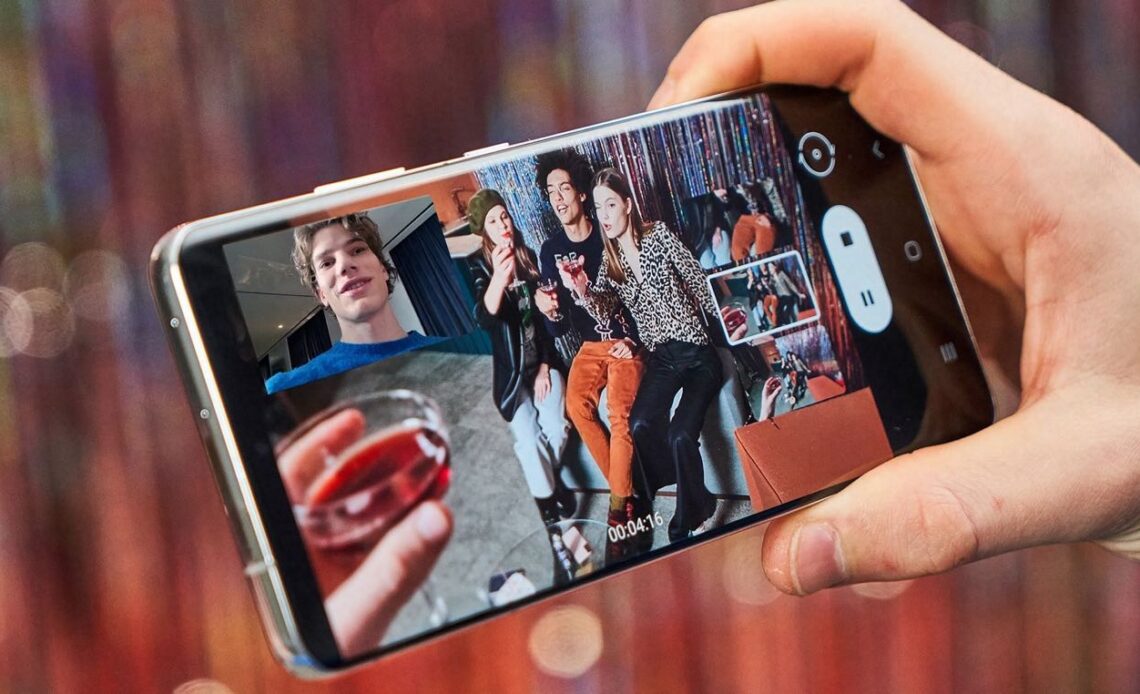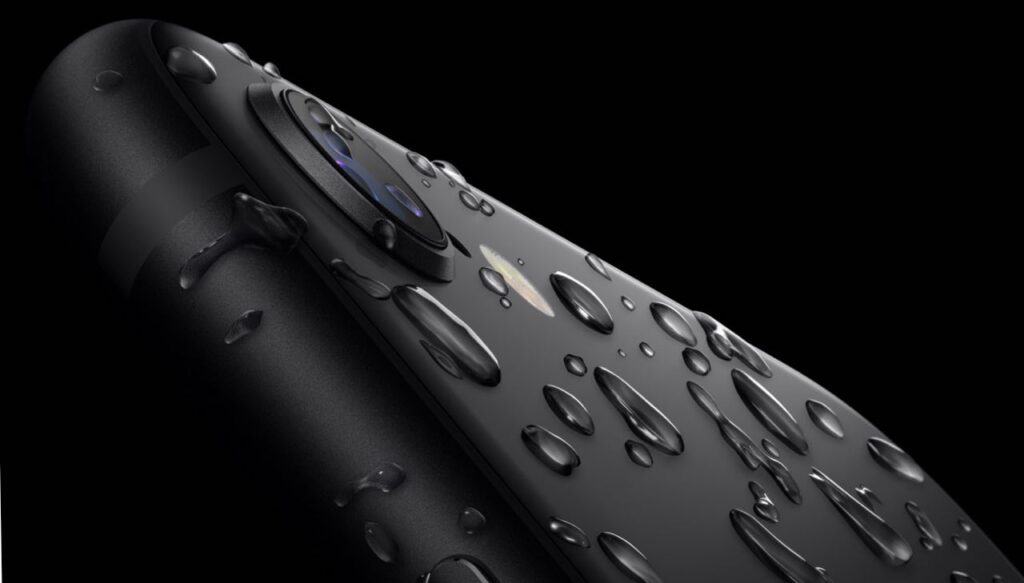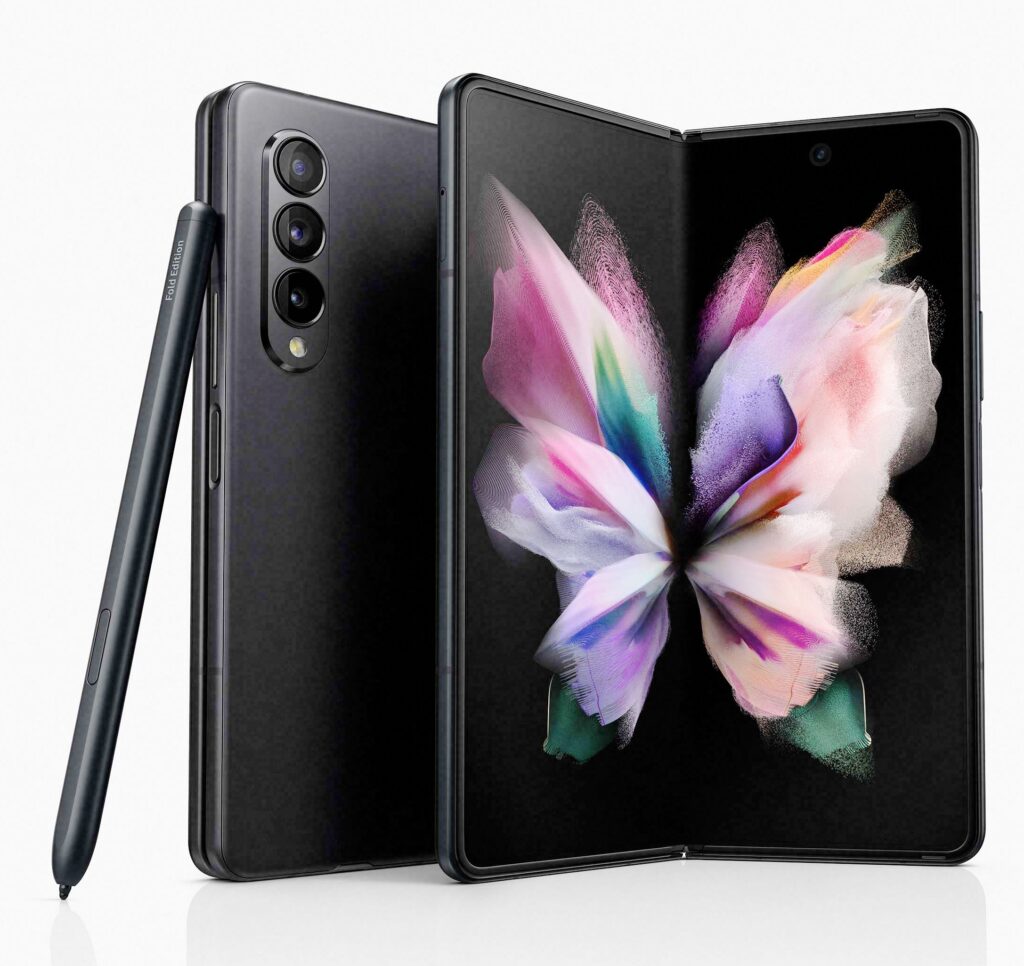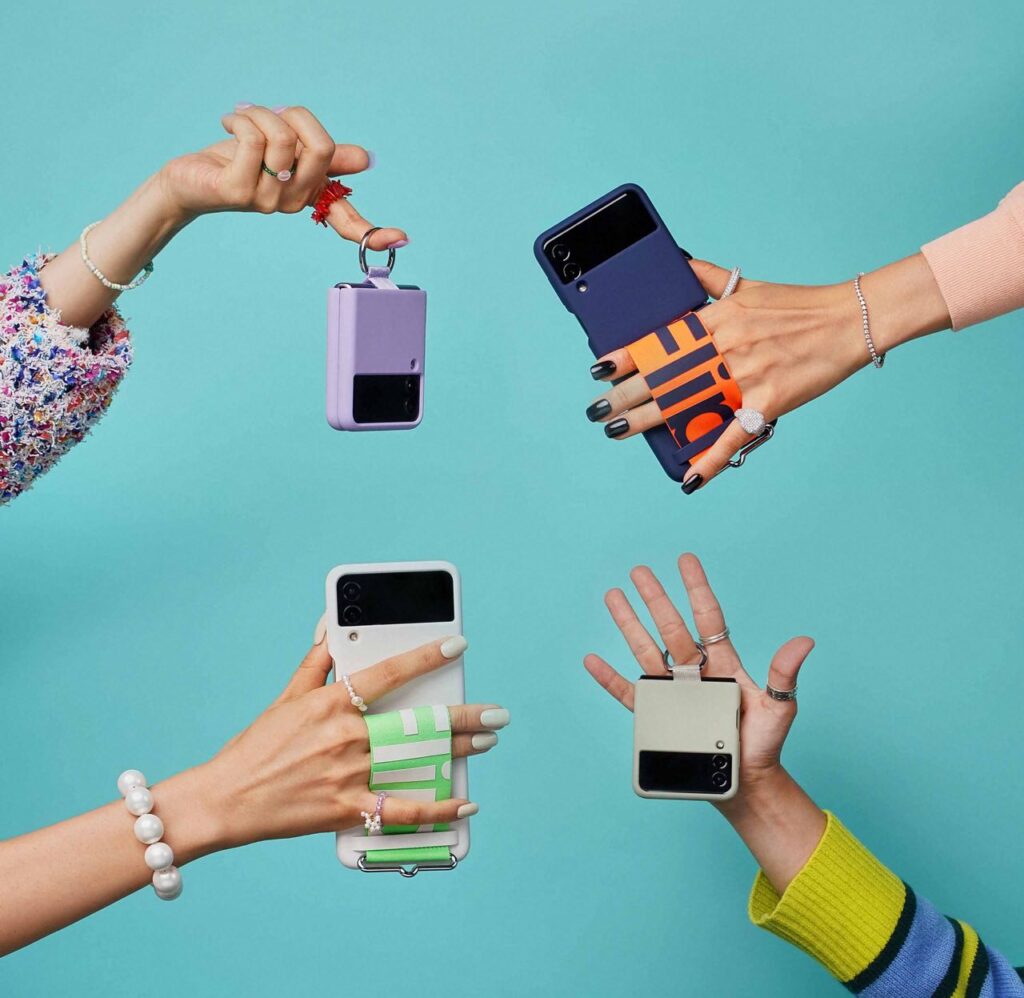
Above: The Samsung S21 in video director mode.
Originally published in Newsday on November 26, 2021
Smartphones and smartphone accessories make for great Christmas gifts, for yourself or someone you care for, but these are very personal items and making judgements about the right purchases can be daunting.
Unfortunately, the ‘Mac versus PC’ divide lives on in the smartphone world, this time with advocates rooting for either devices running Google’s Android operating system or Apple’s iOS.
Some of the points of division remain the same. Because Google licenses Android widely and makes an open-source version of its OS available, a much wider variety of smartphones are available that run Android.
Apple maintains a tight integration between its operating system, iOS and the hardware it makes, so the range of phones is much smaller and pricing is less vulnerable to competition.
In daily use, both operating systems are mature, but differ in approach, the nuances appealing to some and not to others.

Apple is selling its phones in the same market that Samsung and Xiaomi do, so prices end up falling in close alignment for devices that compete with each other.
Expect to find top-of-the-line devices at nose-bleed prices for both platforms, as well as capable but more affordable models.
Buying a smartphone today has more in common with buying a computer.
Simple considerations like call quality have taken a backseat to comparisons of RAM and storage, processor speed, screen size and camera suites.
You may also want to take note of available accessories that further customise the way that users can personalise their smartphone use.
My first response to the which phone question is always, “What are you going to use it for?”
Yes, you’re going to make phone calls with it, but will you be making heavy use of third-party messaging software like WhatsApp, Messenger, Telegram or Signal?
Everyone takes pictures with their phone, but are you a casual snapper, a selfie terrorist or a ninja photographer out to make Instagram-breaking images with the device?
Being clear about everything a user plans to do with the device is important in choosing a smartphone, particularly as a gift.
Over time, I’ve ended up doing quite a bit of writing and photography using my smartphone, so a large screen for viewing text and an excellent camera suite are critical features for me.
Those choices come at a cost of portability. The devices I enjoy using the most won’t fit into the pockets of many users comfortably.
Knowing how a smartphone will be used is an important start to making successful choices.

The Business User
A big screen will deliver the greatest value for this kind of user. At the very top-end, look at Samsung’s ZFold , which delivers a spacious 158.2 x 128.1 mm screen when its opened.
It’s one of the largest screens on a smartphone in general circulation and a great canvas for Word documents, Excel spreadsheets and PowerPoint documents.
With Samsung’s DeX connectivity, the ZFold can double as a full-fledged computing replacement with support for a connected external monitor, keyboard and mouse.
The Samsung S21 offers the same DeX support using a standard large-screen smartphone form factor.
The Lifestyle User.
Style and flash are well served by Samsung’s new ZFlip, which revives the flip-phone for a new generation of users. Using the same foldable screen and durable hinge as the ZFold, the ZFlip collapses to a tiny square that feels just a little too easy to lose.
Samsung has cleverly created stylish rings and clasps for the device that make it easier to attach to fashionable accessories.
iPhones never go out of style and for some are a required item in a fashionable ensemble.
The iPhone 13 sells for US$729 unlocked direct from Apple, while the iPhone SE in (Product) Red no less, goes for US$399, but pending the extra $50 for the 128GB model is advisable.
The Active User
I see people running holding their phones with a cable dangling to their ear buds. This is not a good thing, and it’s one of the things that Bluetooth is good for.
Early versions of the wireless connection protocol were somewhat flaky and not very good for anything that was being used more than four feet apart, but recent Bluetooth versions are better at maintaining good connections at longer ranges.
As someone who does chores while listening to audiobooks transmitted over the protocol from a smartphone, newer Bluetooth hardware is far less frustrating in practical use.
For that reason, a good pair of activewear Bluetooth earbuds and a recent smartphone are a good match for listening to audio while working out.
Armbands are sensible way to use a smartphone while engaged in exercise.

LifeProof and Otterbox are well-known for protecting devices in extreme environments, but there are a range of general purpose protective products on offer.
These accessories tend to work best with smaller, lighter smartphones, so consider that as a factor.
Most recent smartphones come with some degree of weatherproofing.
Look for Ingress Protection (IP) ratings for a smartphone under consideration.
A device with an IPX58 rating has a rating of 5 for dust resistance and water protection of 8, which means it can be immersed in up to a metre of water briefly.
The IPX68 rating rates increased dust protection.
Most modern phones are at least IP58, but a good case that seals ports can improve that performance in difficult environments.
Inevitably, people ask what I use, as if that endorsement might be useful beyond the surface of my desk.
I’m currently working with Samsung’s S20 Ultra, which has a great screen, and an iPad Pro for general reading. Both devices keep me current with software developments on both platforms, which is relevant to the work I do.

